
Explore your yard with a beanpole tent
Show kids the importance of nature in your backyard, which all works together to create a healthy environment. Help them make a beanpole tent to explore this important microhabitat.
Make It!
What you’ll need:
• 10 bamboo poles, 4 to 6 feet tall. (Find these at garden stores or order online; select longer poles if you want to build a taller tent.)
• Twine
• Pole bean seeds
• Climbing flowers (optional)
• Extra soil and compost (optional)
step 1
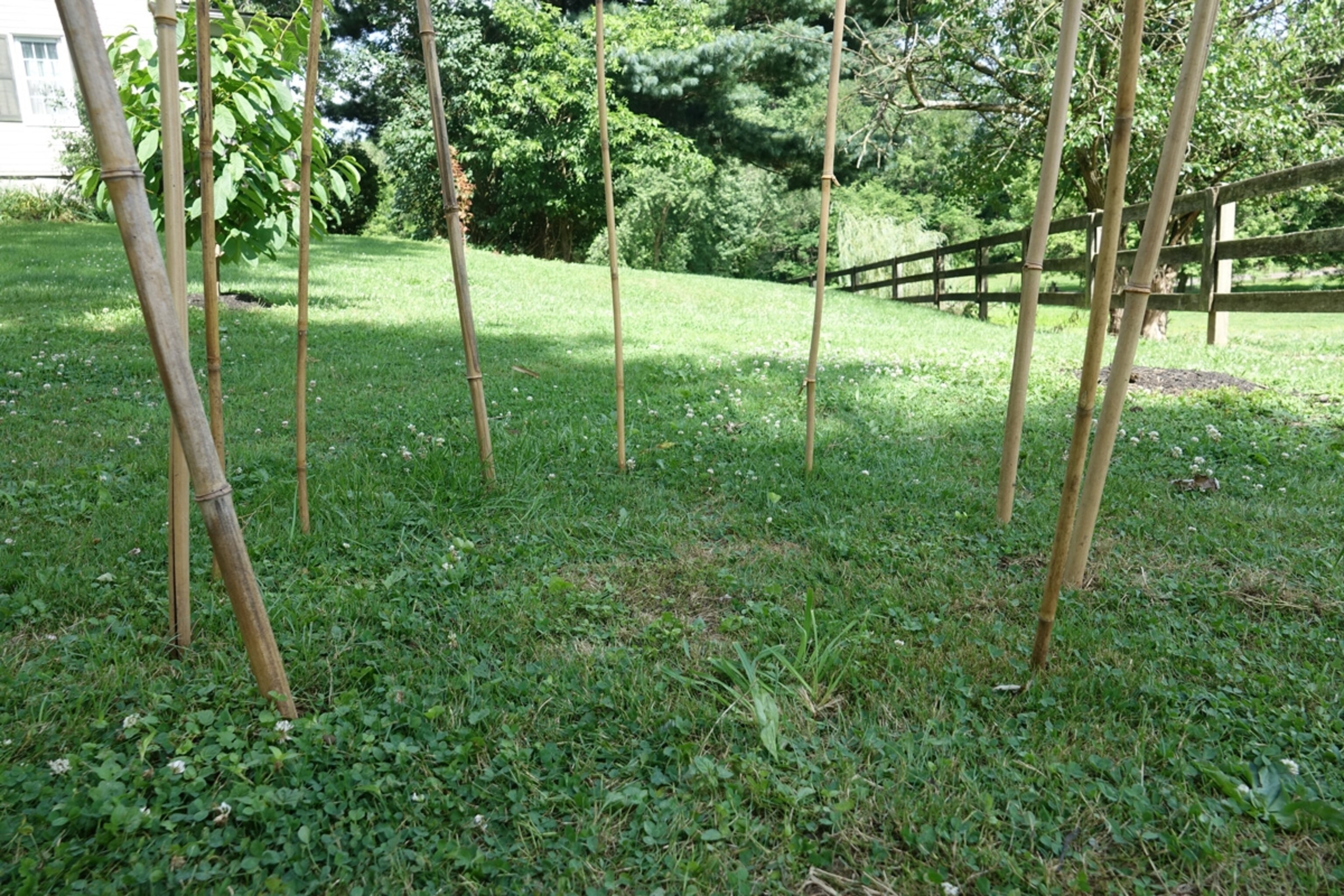
Select a sunny spot in the yard that gets at least 6 hours of sun a day. Firmly press the bamboo poles into the ground in a circle pattern to form the frame of the tent. (They should be deep enough so they can stand upright.) Leave a space open for the door.
step 2
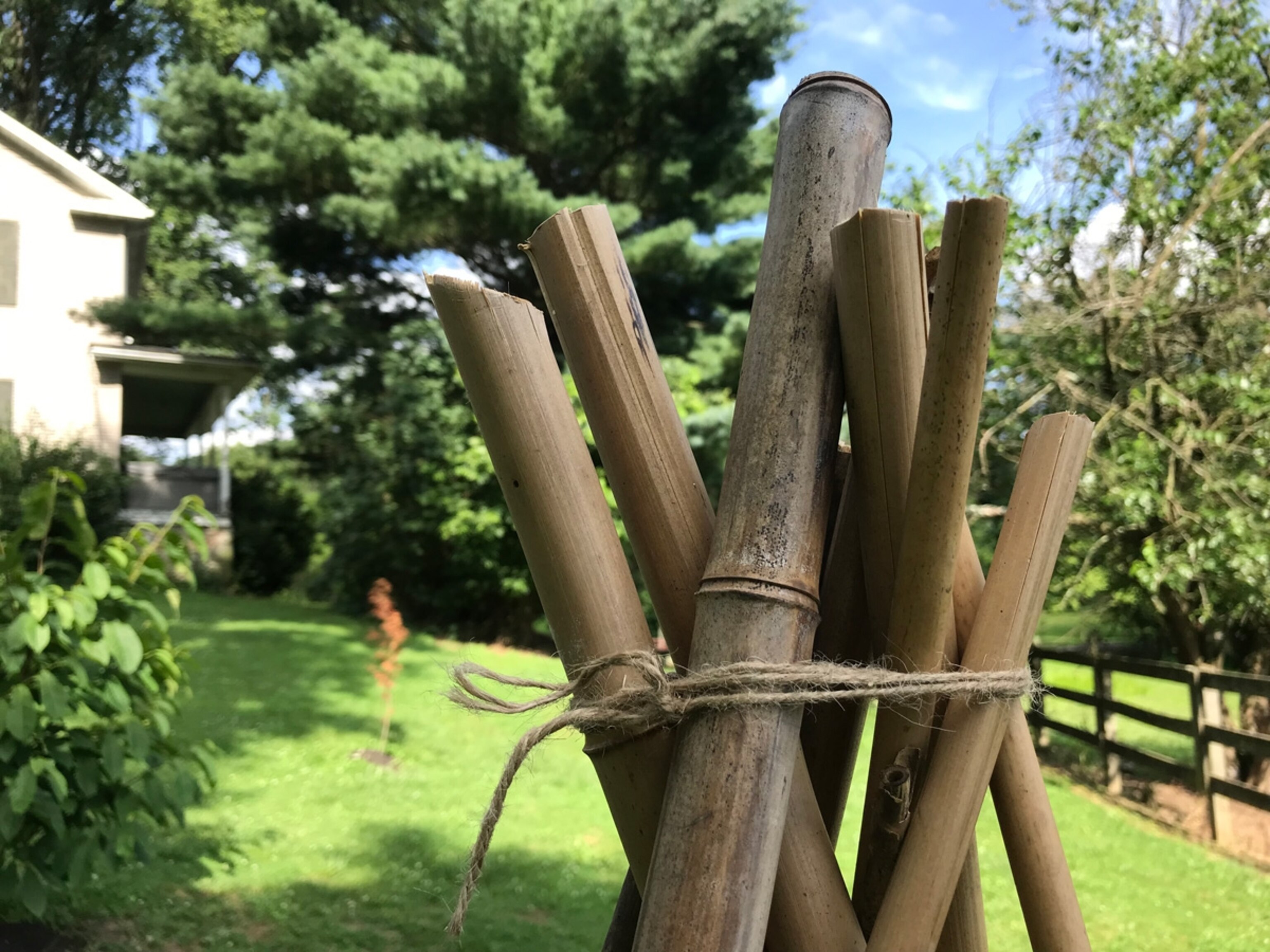
Lean the poles toward the center of the circle in a tepee formation. Secure the poles at the top with a piece of twine. (You might need a stool to reach the top.)
step 3

Create a trellis with the twine. Starting at the top of the tent and on one of the poles that form the door frame, pull the twine tight from one pole to the next, securing with a firm knot at each pole until you reach the other side of the door frame. Tie it off.
step 4

Start a new row of twine about 6 to 12 inches below the previous row.
step 5
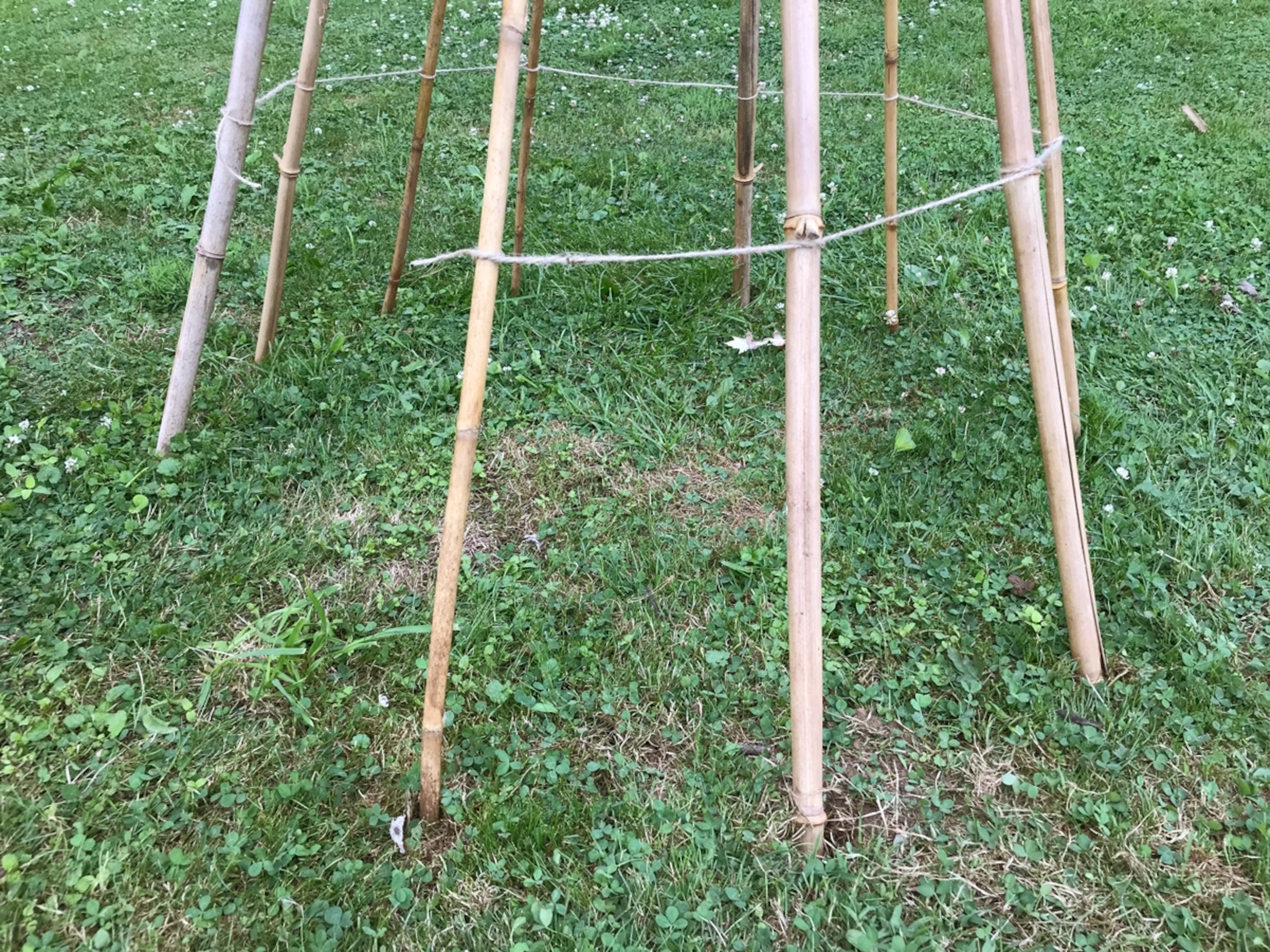
Keep going! The last row of twine should be about 10 inches above the ground.
step 6
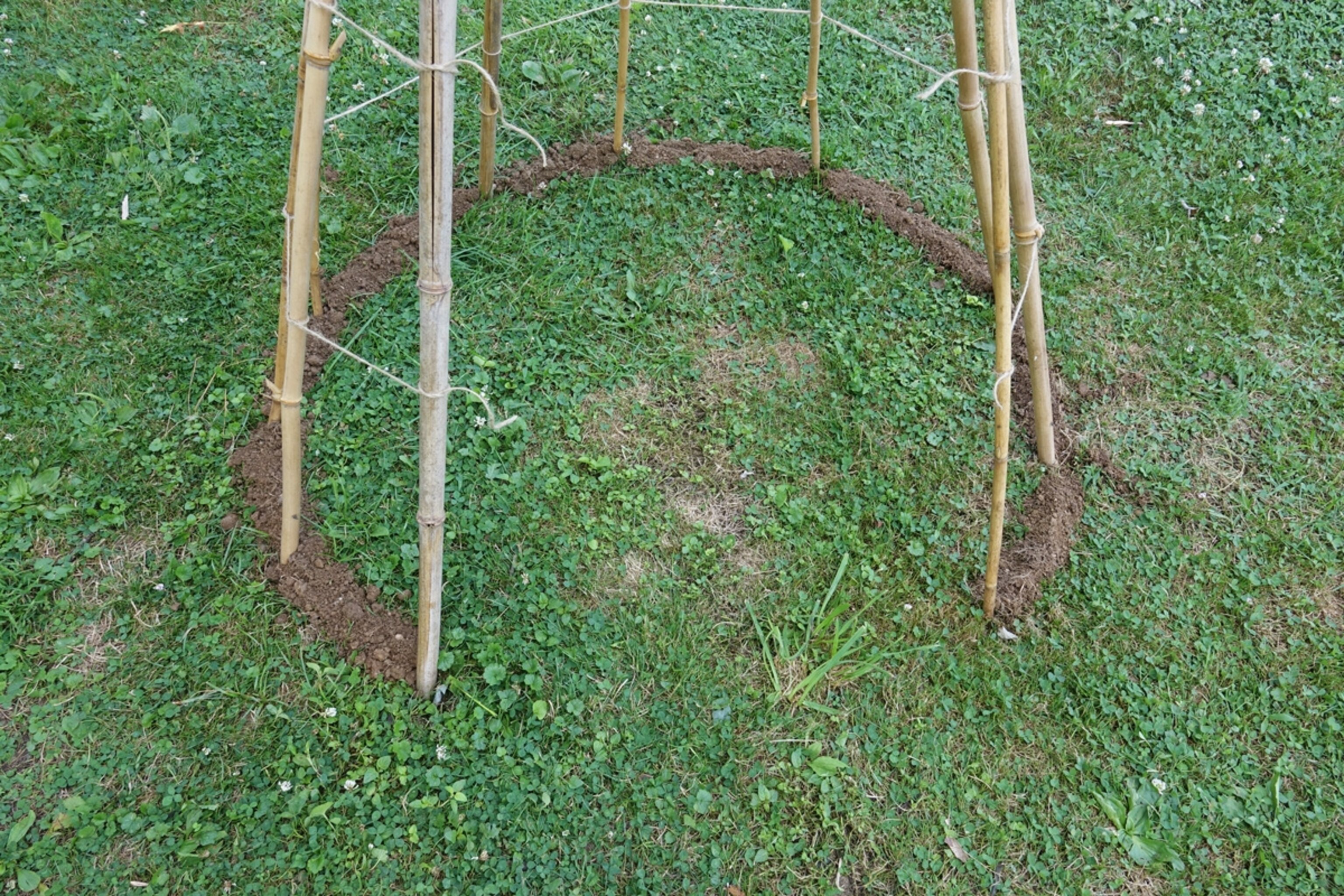
Dig up about 6 inches of soil around the tent, except for the door. (Kids can use the super scooper from Challenge 3.) Plant the seeds in the prepared soil according to the package directions. If necessary, add extra soil and compost to the area to help the bean plants grow. (You can also plant additional climbing flowers around the tent.)
step 7
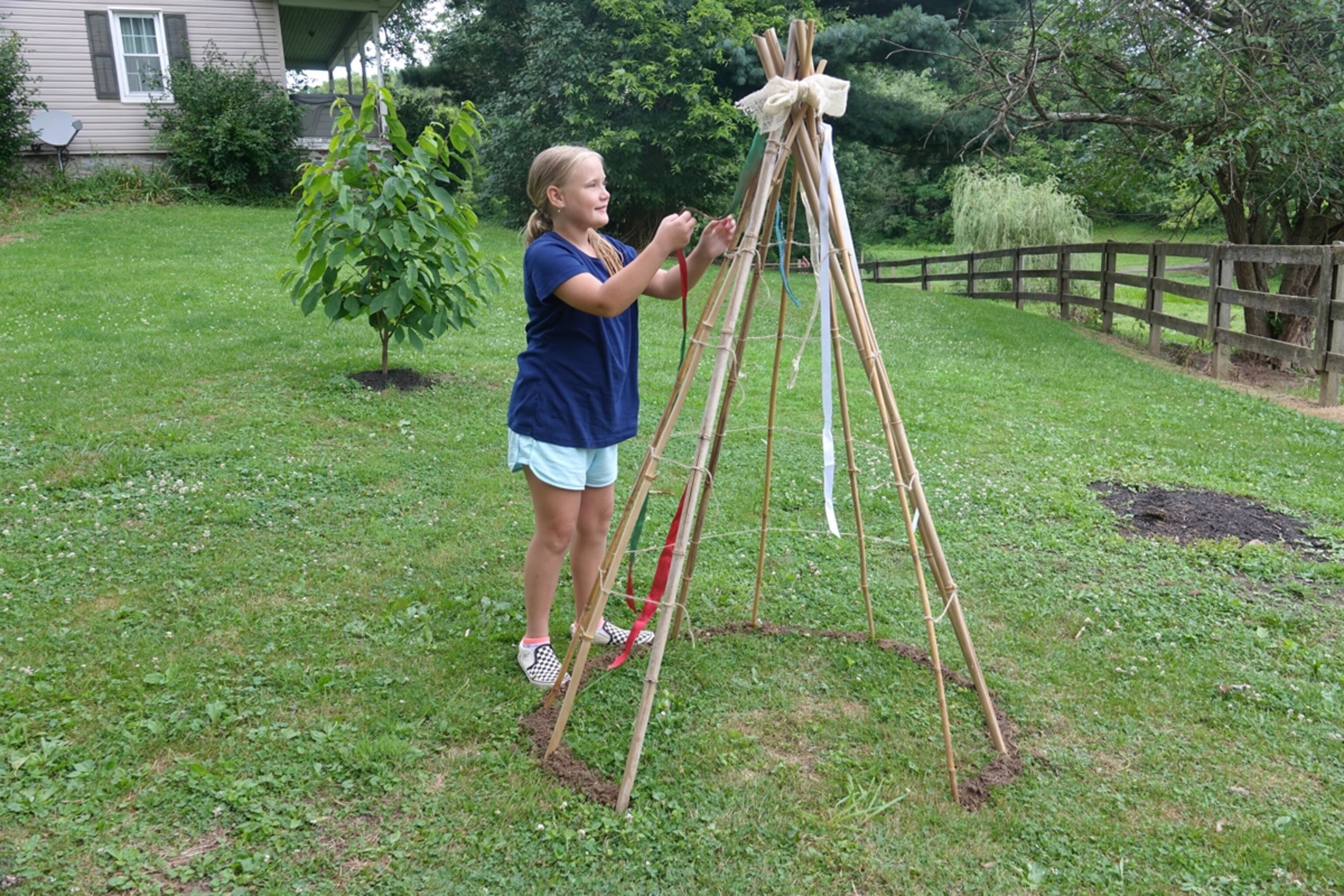
Decorate the tent. For instance, kids can tie ribbons around the rungs or from the top of the tent.
step 8
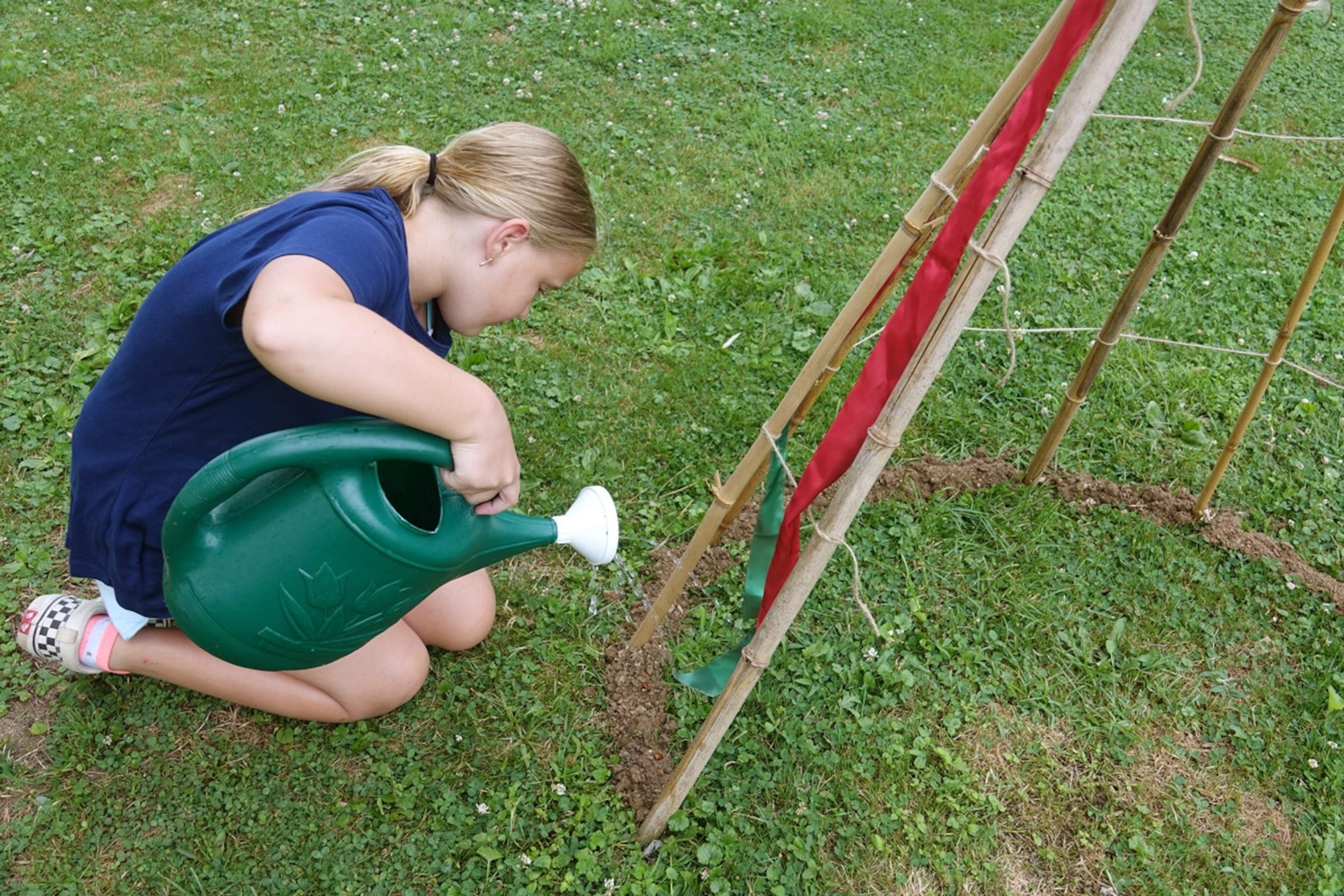
Water the soil every few days until the seeds begin to emerge. The soil should always be moist but not soggy. (Kids can use the magnifier from Challenge 1 to look for signs that seedlings are beginning to sprout.)
step 9
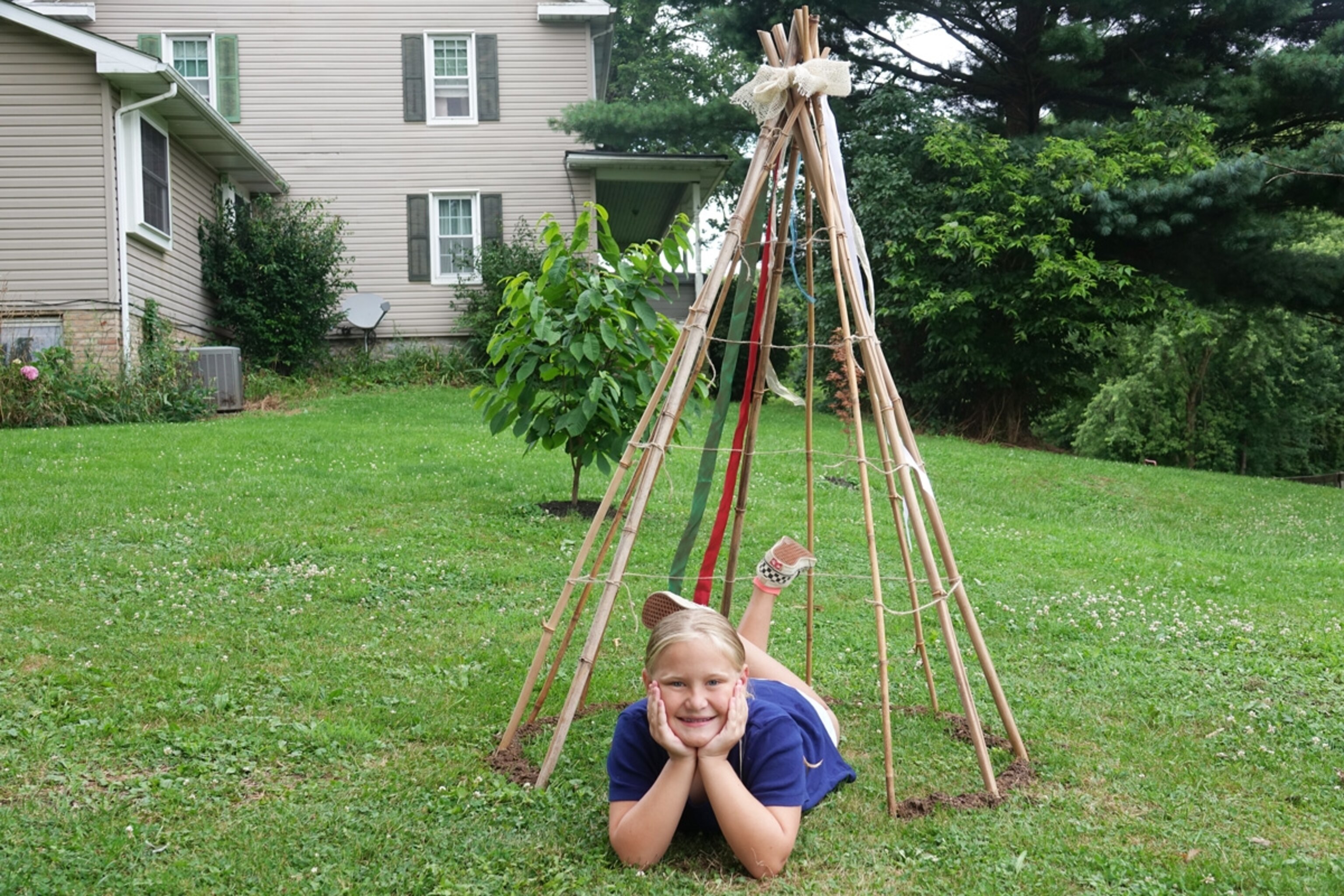
Once the seeds sprout, water them when the soil feels dry. The tent should be fully covered in 6 to 8 weeks.
Try It!
Have kids use the tent to help them explore the biodiversity in their yard. For instance:
• Using the telescope from Challenge 5, have kids track birds in nearby trees. Do the fliers behave differently if the child is sitting in the tent rather than standing outside? See how long the birds will stay in a tree if the kid is hidden versus standing right underneath them.
• Kids can also use the telescope to sit on the porch and watch what critters—squirrels, rabbits, chipmunks, etc.—the beanpole might attract to their yard.
• Have children use the magnifier from Challenge 1 to explore the ground as the beans sprout. How is it different from the ground where other plants are growing?
• See if kids are brave enough to go backyard camping at night! How are the sounds different versus during the day? What different types of critters do they hear?
Save It!
Now that kids understand the diversity of your yard, inspire them to protect it. Here are some ideas:
• A healthy, biodiverse yard has plenty of birds. Help kids attract them by crafting a DIY bird feeder and birdbath.
• The beanpole might also attract small mammals like squirrels and rabbits. That’s great for biodiversity—for instance, more poop helps your yard grow—but not so great for your beans. Safely deter the critters from the beanpole by sprinkling strong spices like cayenne pepper and chili powder around the plants.
• When the beans are finished growing for the season, usually toward the end of the summer, pull the vines down from the structure to use as compost for the other plants growing in your yard.




